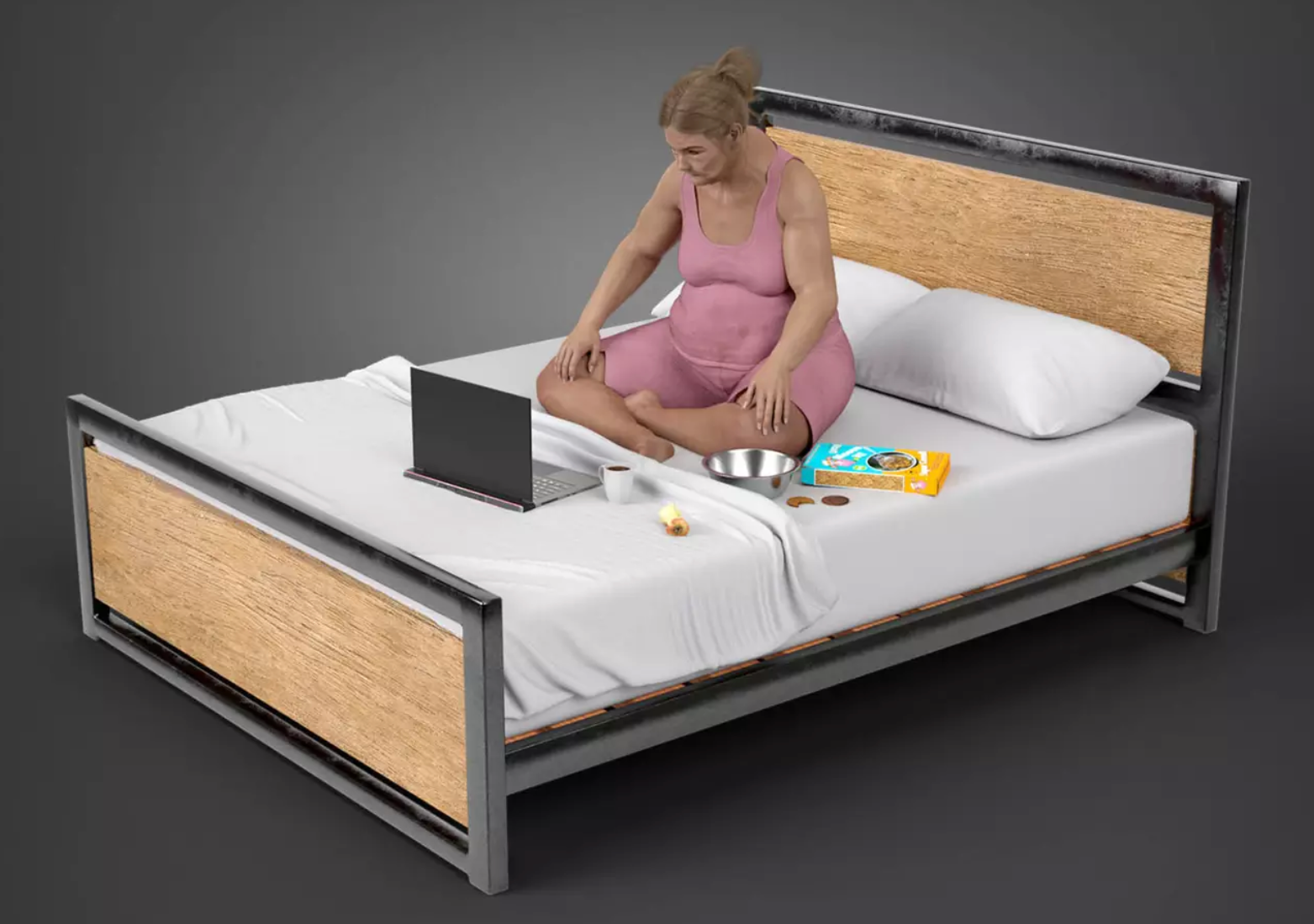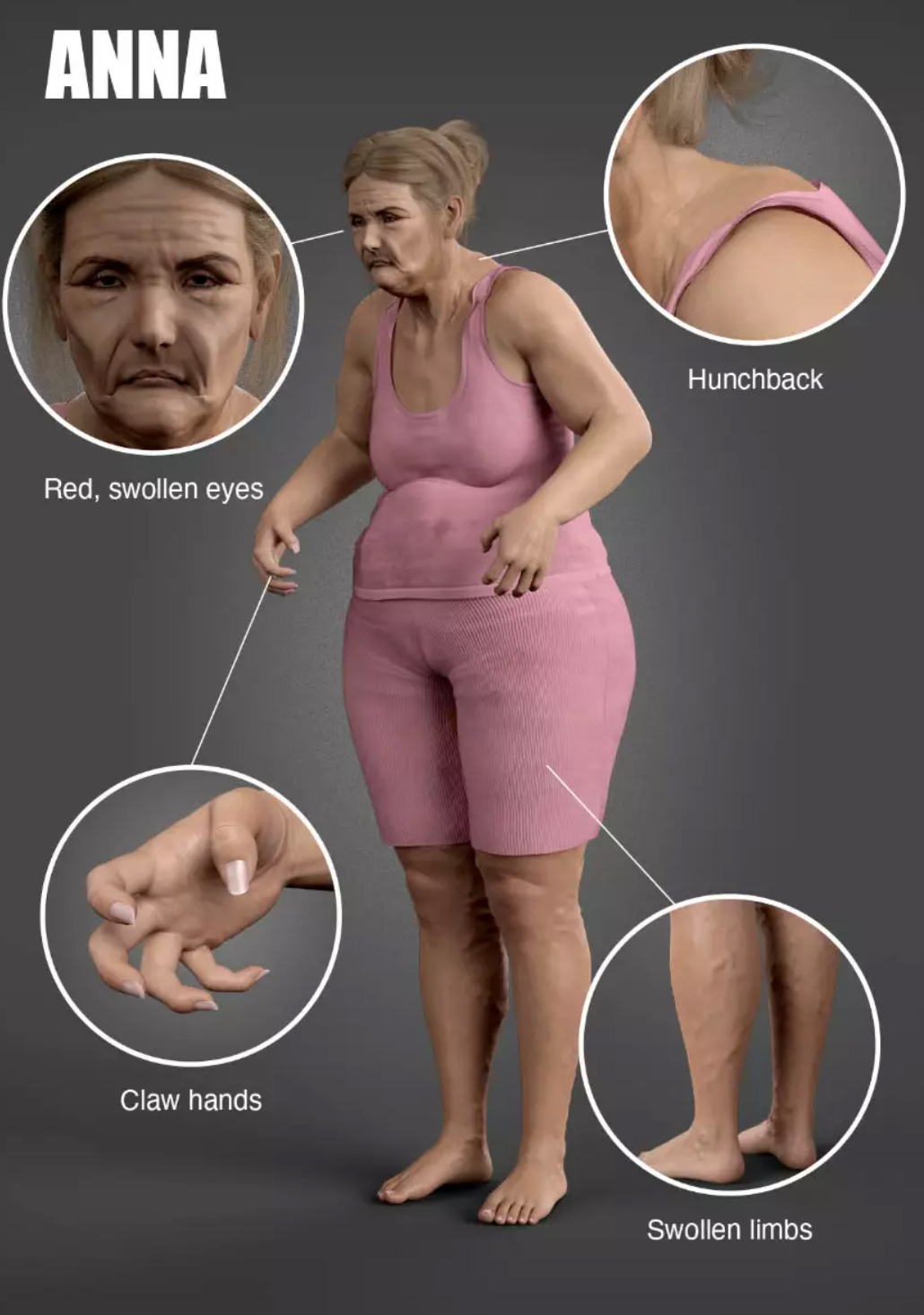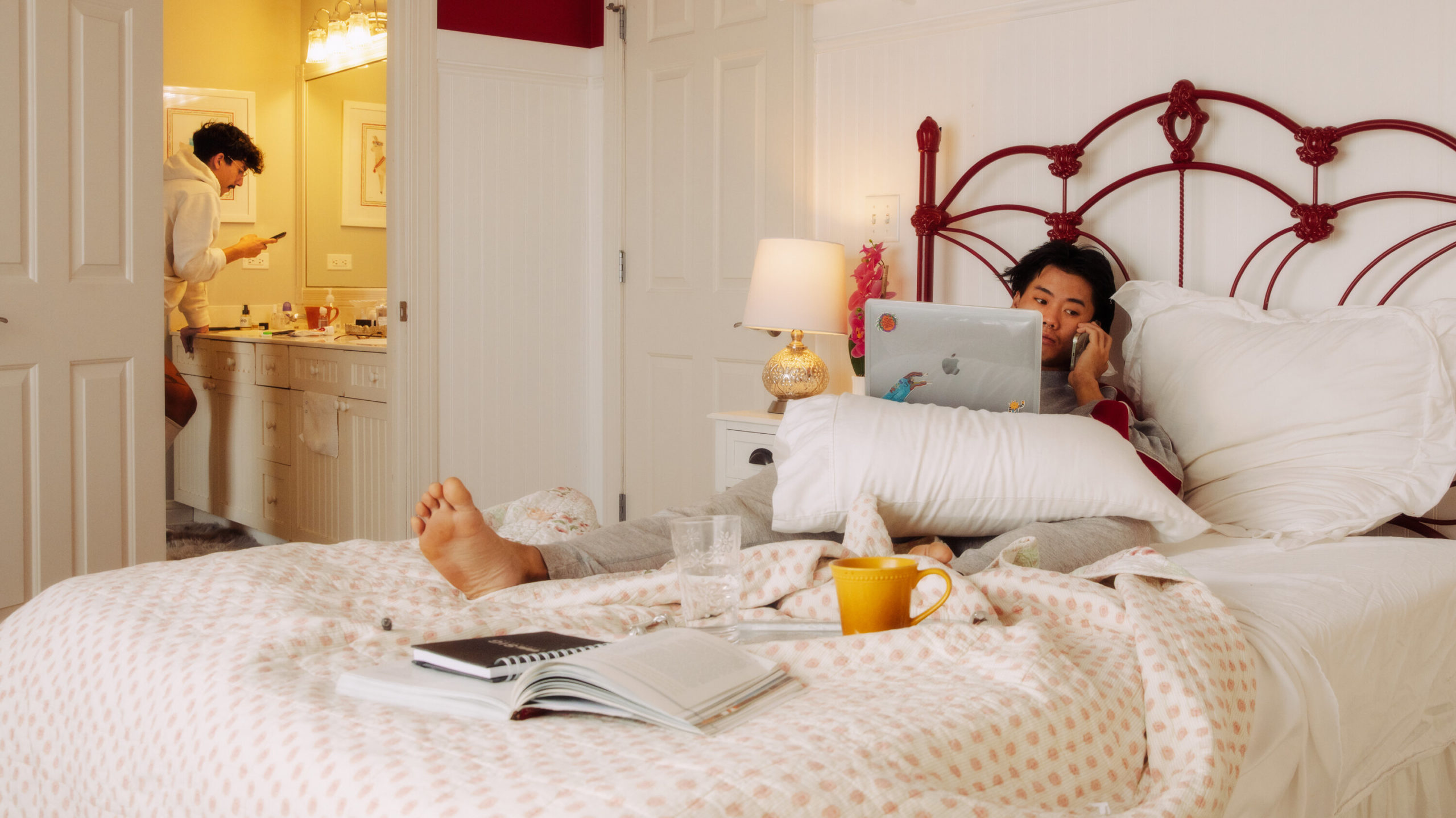The future of remote work comes with a cautionary tale, as researchers provide a disturbing glimpse into what lies ahead for those who work from home. Drawing from the unsettling findings of a study conducted by the University of Leeds, a hunchbacked model named Anna emerges to illustrate the potential physical and mental effects remote workers may face by the year 2100.

The Deterioration of Remote Workers’ Physical Well-Being
Anna, the embodiment of the future remote worker, serves as a visual representation of the detrimental consequences stemming from consistent technology use, excessive screen exposure, and poor posture. Researchers from Furniture at Work, collaborating with healthcare experts, paint a worrisome picture of physical afflictions that may arise due to the absence of a proper home workspace. Neglecting the creation of a conducive work environment can lead to a myriad of health issues down the line.

Unveiling the Mental Health Challenges
Beyond the physical manifestations, Anna’s appearance also serves as a poignant reminder of potential mental health concerns that remote workers may encounter. The isolation, blurred boundaries between work and personal life, and lack of social interaction can affect psychological well-being. The portrait of Anna serves as a stark call to action, urging people working from home to prioritize their mental health and seek strategies to maintain a healthy work-life balance.

Expert Advice for a Healthier Future
Recognizing the urgency of the situation, experts provide valuable recommendations to safeguard the well-being of remote workers. Brian Clark, Founder of United Medical Education, emphasizes the importance of regular breaks and physical movement to alleviate back and neck pain. Creating a dedicated workspace with ergonomic furniture is another crucial aspect, establishing clear boundaries between work and personal time.

Sarah Gibson, Director of Proactive Healthcare, offers a valuable tip known as the ’20-20-20′ rule to protect the eyes from excessive screen time. Home-based workers can minimize eye strain and promote ocular health. Looking away from the screen every 20 minutes for 20 seconds and focusing on an object 20 feet away, home-based workers will minimize eye strain.